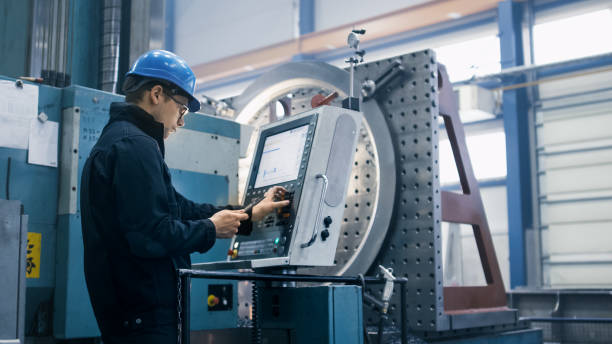What is the CNC Machine?
What is the CNC Machine? If you are entering the world of modern manufacturing, CNC machines are an integral component. A CNC machine, or Computer Numerical Control machine, is a highly versatile tool used across various industries to automate machining processes, offering precision and repeatability for complex tasks. CNC machines utilize computer programming to control and automate the movement of tools and machinery, transforming raw materials like metals and plastics into finished parts. This article will dive deep into the uses, benefits, and components of CNC machines, aiming to provide a full understanding of their pivotal role in the industry.
What is a CNC Machine and How Does it Work?
1. Defining CNC Machines
A CNC Machine is a computer-controlled tool that performs various operations like cutting, milling, drilling, and turning on a workpiece. The computer program used to control the machine, often written in G-code, determines the movement of the machine’s cutter, speed, and precision.
- Key Components: A CNC machine consists of a spindle, bed, axes, and controller.
- Automation Advantage: CNC machines excel by reducing the need for manual labor, thereby increasing precision and repeatability.
Discover our selection of CNC Milling Spindles designed to boost the productivity of your CNC machine.
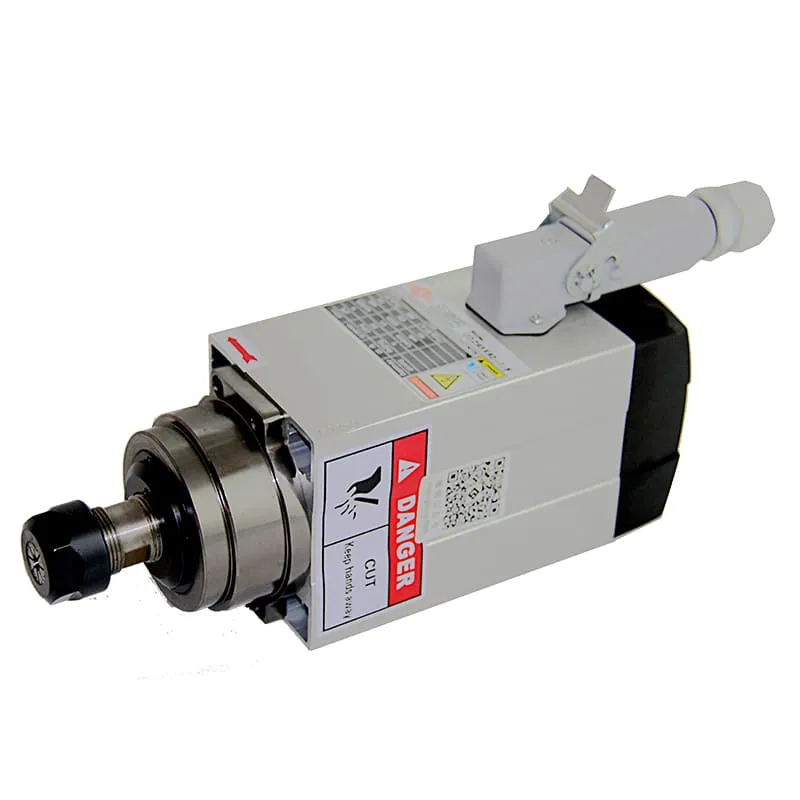
2. Types of CNC Machines
There are various types of CNC machines, each designed to perform specific types of work. Understanding these types can help in determining which machine is suitable for particular applications.
- CNC Milling Machines: These are used to cut and shape material by feeding it to a rotating cutting tool.
- CNC Lathes: Ideal for turning operations, where material is rotated against a single-point cutting tool.
- CNC Routers: Typically used for cutting softer materials like wood or plastics and are common in furniture manufacturing.
- CNC Plasma Cutters: These machines use a plasma torch to cut through metal.
Explore our versatile range of CNC Router Spindles that match various CNC machines.
3. Key Functions and Operations of CNC Machines
CNC machines are known for their precision and versatility. Below are some of the core functions they perform:
- Cutting: The primary function of a CNC machine, which involves shaping a material by removing parts of it.
- Milling: Utilizes multiple axes of motion to create complex parts with precise dimensions.
- Drilling: Involves making holes of various sizes in the workpiece.
Check out our high-performance 1.5KW ER11 Square Air-Cooled Spindle designed for demanding CNC operations.

Benefits of CNC Machining
1. Precision and Accuracy
CNC machining is well-known for its ability to produce parts with incredibly high precision and accuracy. This level of computer-controlled precision makes CNC machines highly advantageous for industries such as aerospace and medical manufacturing where every detail matters.
- Consistent Quality: CNC machining ensures that every product is exactly the same, making it highly beneficial for mass production.
- Intricate Designs: CNC machines can produce complex and intricate shapes that would be impossible using manual processes.
Consider upgrading to our 3.5KW ER25 Air-Cooled Spindle for precision demanding applications.

2. Increased Production Speed and Efficiency
CNC machines drastically reduce production time compared to manual processes. Their speed and automation allow for continuous operation, increasing overall productivity.
- Automation Advantage: CNC machines operate autonomously, requiring minimal operator intervention, thus increasing throughput.
- High-Speed Spindles: By using high-power spindles, CNC machines can operate at high speeds, reducing machining time significantly.
Upgrade with our 800W ER11 Air-Cooled Spindle to achieve the speed your operation requires.
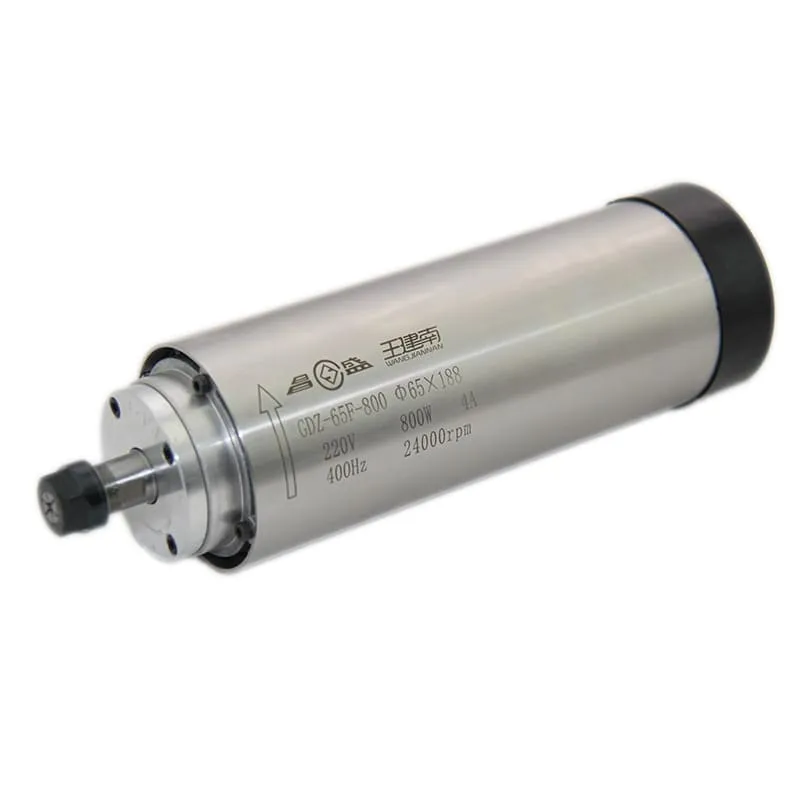
How CNC Machines are Controlled
1. The Role of G-Code in CNC Machining
G-code is the standard language used in CNC machining. It directs every action of the CNC machine, such as when to start and stop, how fast to move, and the path the tool must take.
- Computer Control: A CNC machine receives commands from a computer where G-code is programmed or generated by CAM software.
- Versatility: G-code can be easily modified to adapt to new parts or to make improvements to existing programs.
2. Different Control Methods
CNC machines can be controlled in a variety of ways, depending on their use case and complexity.
- Manual Data Input (MDI): Where operators input G-code manually.
- CAM Software: Most modern CNC operations use Computer-Aided Manufacturing (CAM) to generate G-code for complex parts.
- Remote Control: Some advanced CNC machines allow remote control and monitoring via a network.
Explore our 6KW ER32 Air-Cooled Spindle that can work efficiently with modern control methods.
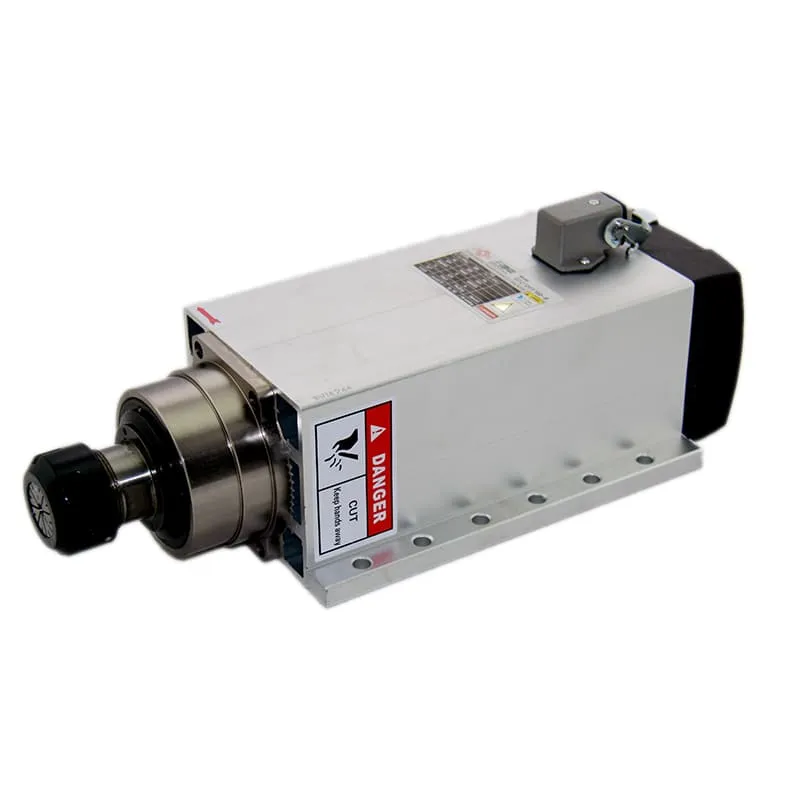
Applications of CNC Machines in Different Industries
1. Automotive Industry
In the automotive sector, CNC machines are used to manufacture a wide range of components, including gearboxes, engine parts, and drive shafts. CNC milling is especially useful for creating the complex parts required in modern vehicles.
2. Aerospace Industry
The aerospace industry demands high precision and reliability. CNC machining is ideal for creating turbine blades, engine components, and aerodynamic surfaces.
3. Medical Device Manufacturing
In medical manufacturing, precision is everything. CNC machines are used to produce surgical instruments, implants, and prosthetic devices that meet stringent safety and accuracy requirements.
Check out our 4.5KW ER32 Air-Cooled Spindle with Flange to ensure reliability in producing high-quality medical components.
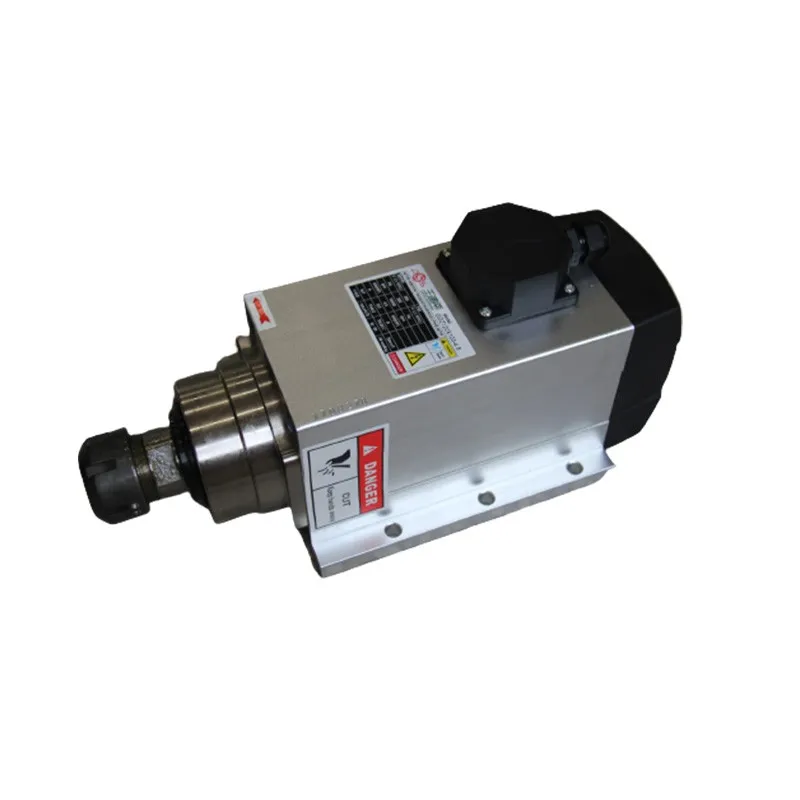
Cost Considerations in CNC Machines
1. Initial Investment vs. Long-Term Value
The initial cost of a CNC machine can be significant, but it’s crucial to consider the long-term value it offers through increased productivity and material efficiency.
- High Precision: Investing in a reliable CNC machine ensures consistent part quality, minimizing rejects and waste.
- Scalability: CNC machines can be used for both small batch and high-volume production with minimal retooling.
2. Operational and Maintenance Costs
- Spindle Replacement: One of the recurring costs in maintaining a CNC machine is spindle replacement.
- Tool Costs: Regular replacement of tools like drills and end mills is also necessary to maintain performance.
Upgrade your CNC machine with our 2.2KW ER20 Air-Cooled Spindle for long-lasting reliability.

